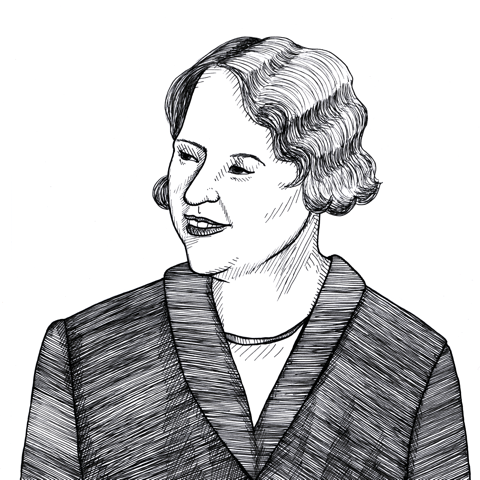
Vera Smith on How the Civil War Changed the US Banking System
Found in: The Rationale of Central Banking and the Free Banking Alternative
Vera Smith wrote her doctoral dissertation under the supervision of F.A. Hayek, at the London School of Economics, and that became the basis for her 1936 book on the rationale for central banking and the free banking alternative.
Her work describes the historical and intellectual landmarks along the paths by which the banking systems of major economies (England, the USA, France, and Germany) evolved from the late eighteenth century on into the direction of greater centralization. She also discusses the path not taken, that is, the free banking alternative as evidenced by the Scottish experience. A common theme in her accounts of the event leading to greater centralization in finances is the relevance of fiscal necessities in order to explain that trend. A good example of that is the case of the United States during the Civil War:
Money & Banking
The Civil War provided the occasion for a radical change in the banking system of the whole country. The banks in the South gave their support to the secession and ceased remittances to the North, and since they had a large net liability towards the banks in the North the latter lost heavily, but they managed to keep above water by contracting their lending operations and were, in fact, in a very strong position regarding specie reserves. Pressure soon came however, from the side of Governmental financial needs. Secretary of the Treasury Chase experienced excessive difficulty in borrowing from the public, partly as a result of the very bad state of the finances in the preceding administration. (FROM: CHAPTER V: The Organisation of Banking in America: Decentralisation without Freedom) - Vera C. Smith